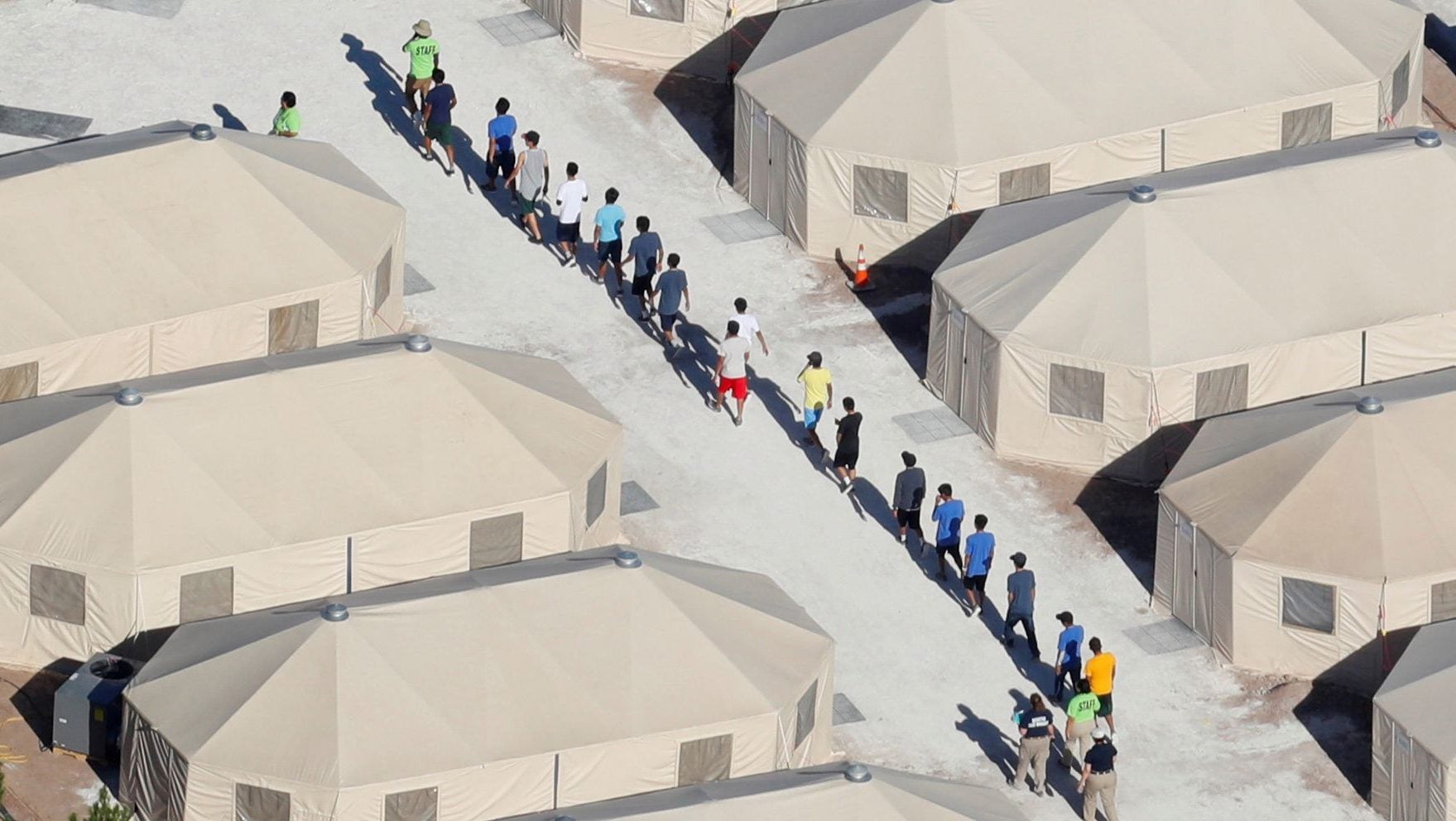Trump’s “zero tolerance” border policy is actually more like “50% tolerance”
Donald Trump’s policy to prosecute all immigrants caught at the border has turned out to be a legal and ethical morass. It’s also been an operational fail.


Donald Trump’s policy to prosecute all immigrants caught at the border has turned out to be a legal and ethical morass. It’s also been an operational fail.
A month after announcing the policy known as “zero tolerance,” the administration apprehended some 40,000 immigrants trying to come into the US illegally. But according to the Transactional Records Access Clearinghouse (TRAC) at Syracuse University, it prosecuted only 9,000.
According to TRAC’s calculations, the result is a 32% prosecution rate for illegal immigration. That’s excluding children, who likely weren’t referred for prosecution, and adults arrested at legal ports of entry, some of which likely were. In other words, “zero tolerance” is looking a lot more like a 70% tolerance. A DHS official puts the prosecution rate higher: at around 50% between between May 5 and June 20. That’s nearly double than the 47-day period before the start of “zero tolerance,” the official points out—though still well below 100%.
One reason for the gap between word and deed is that the Trump administration is hitting the limits of the US immigration system. It simply can’t detain and prosecute every single person who is apprehended at the border.
Did zero tolerance work?
The policy’s goal, at least as stated by several officials, was to deter families from coming into the US. A study released this week by the Center for American Progress suggests that zero tolerance likely failed in that too.
The analysis, by Ed Wong, a political science professor at University of California, San Diego, shows that a pilot of Trump’s zero-tolerance policy in the summer of 2017 did not reduce the number of immigrants, which kept rising.
Wong also looked at the effects of family detention under the Obama administration. Its impact on immigrant numbers was also negligible.
“The data continue to show that these policies do not act as deterrents to families attempting to enter the United States,” he wrote.